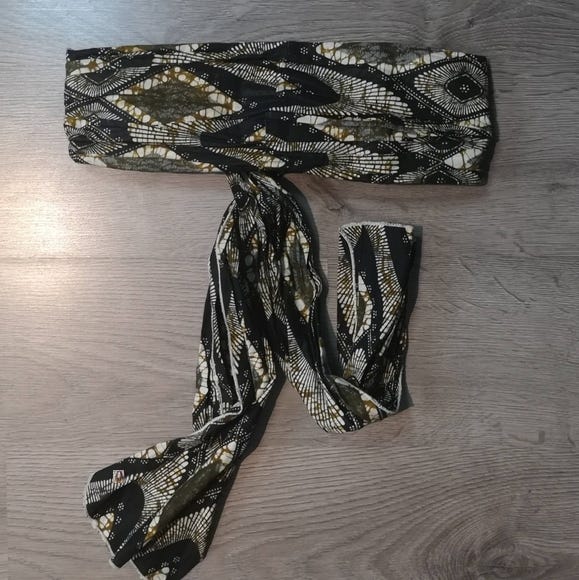WTF is a Faux-bi?
While creating a new fashion design, the process is as important as the product. But for me, naming it is almost as satisfying as creating it
Fashion has fun with the linguistic terms that emerge from the design process and the culture that consumes it. It’s a true representation of the humanistic and scientific evolution of the species, the “mash-up” of cultures, and one of my absolute favourite things about this work. It’s evidence of change. While a designer may misappropriate and sometimes disrespect what is often not native to their homeland, it’s often done with the intention of respecting the original culture. Unfortunately, it can also just be a complete bastardization that may result. Sorry for the term. Either way function and form are considered, beauty and desirability come into play, and the question remains: do I like it? Does it work?
Kimonos and obis are traditional Japanese garments that have a long and rich history. Kimonos are long robes shaped like a capital T, and obis are wide belts that wrap around the waist and tie in the back. Kimonos and obis have evolved over time, influencing various factors such as social status, fashion trends, textile innovations, and cultural exchanges.
Some of the key historical periods and developments are:
Nara period (710-794): The ancestor of the kimono obi was a simple piece of rope that held the kosode, a type of undergarment, in place1.
Heian period (794-1185): A men’s belt called ishi no obi, made of leather and precious stones, appeared and showed a growing interest in the obi as an accessory1.
Muromachi period (1333-1573): The obi belt became an ornamental accessory for women, and the kosode was worn by women as an outer garment23.
Momoyama period (1573-1600): A braided belt called Nagoya obi was introduced, which looked like a round rope with pompoms at the ends1.
Edo period (1600-1868): The obi belt became an indispensable part of the kimono, and the width of the obi increased up to 30cm. The obi knots also became more elaborate and varied, influenced by kabuki actors, geisha, and government regulations12.
19th century onwards: The word kimono was used to distinguish Japanese clothes from Western ones. Kimonos and obis became less common as everyday wear and more associated with special occasions and traditional arts and customs2.

WTF is a Faux-bi? For us in my studio, so far, it’s where a Kimono-wearing Geisha's Obi and a Tuxedo’s cummerbund perform the general cinching function of a common belt around the waist. We designed and constructed the original “faux-bi“ in our in-house studio at TheStyleMinr as a limited edition piece, by vir-go’. Custom pre-orders are available upon request.
It’s a new piece that we have been testing out throughout the year—a proto for a wrapped belt that simply ties and has been upcycled. For my #zero-waste pledge for products designed all of the past years (2022-2023), it’s great to be able to present its use cases in advance. I’ll offer some looks for you, totally impromptu. I love this piece in my #OOTD. It may be longer and thinner in revising some of its construction points, but otherwise, do I like it? Does it work?
by TheStyleMinr



